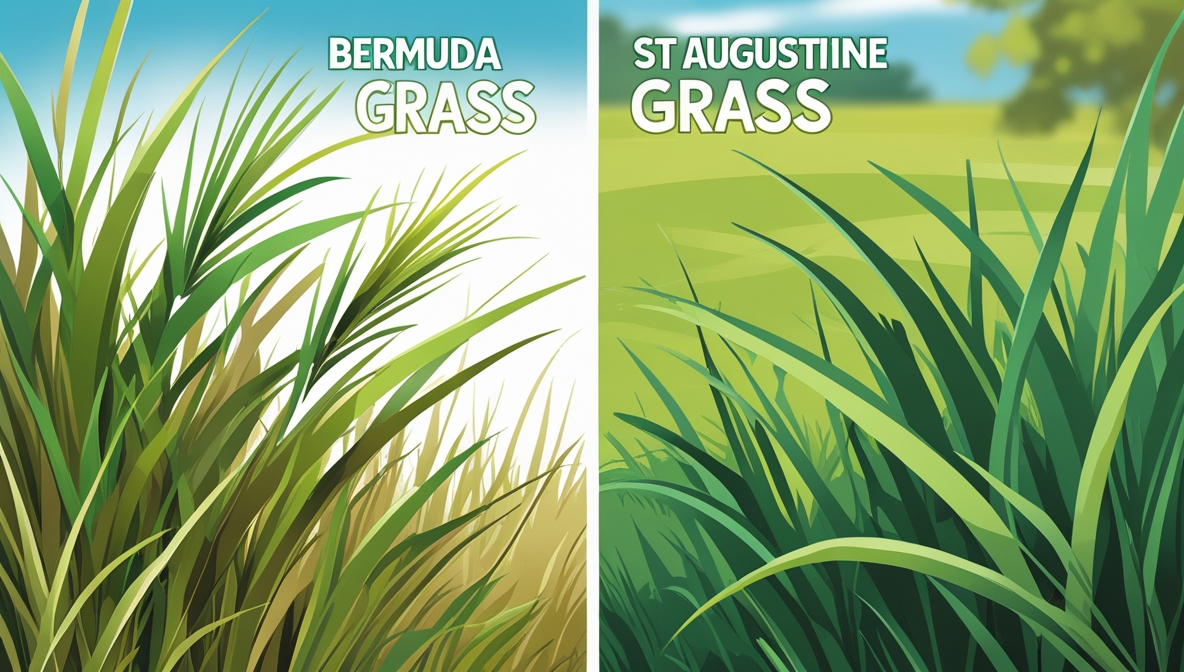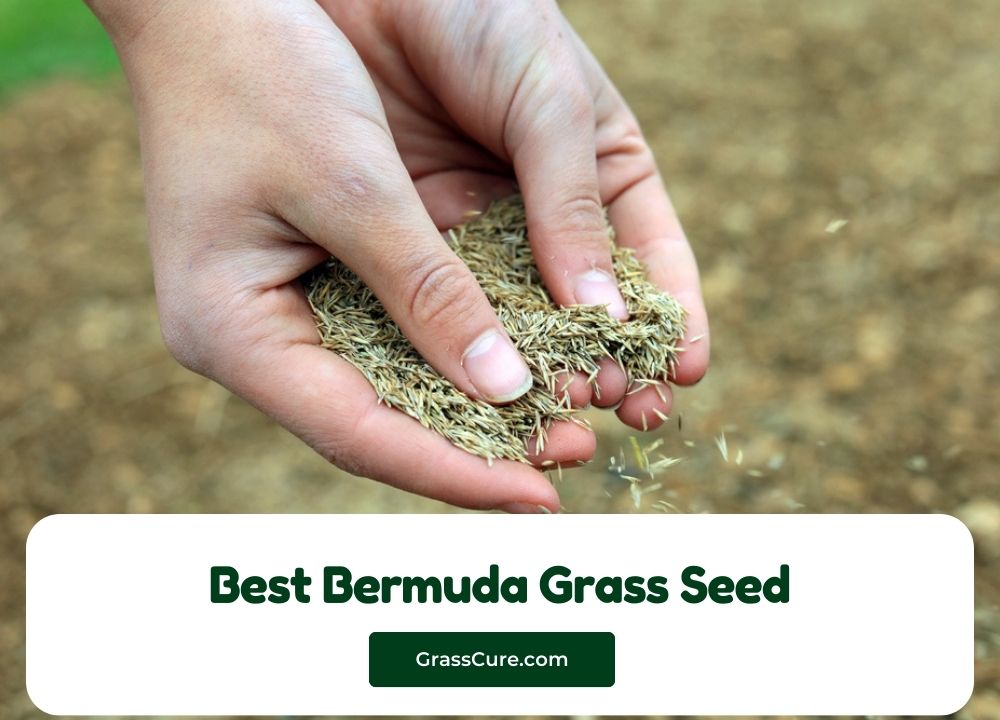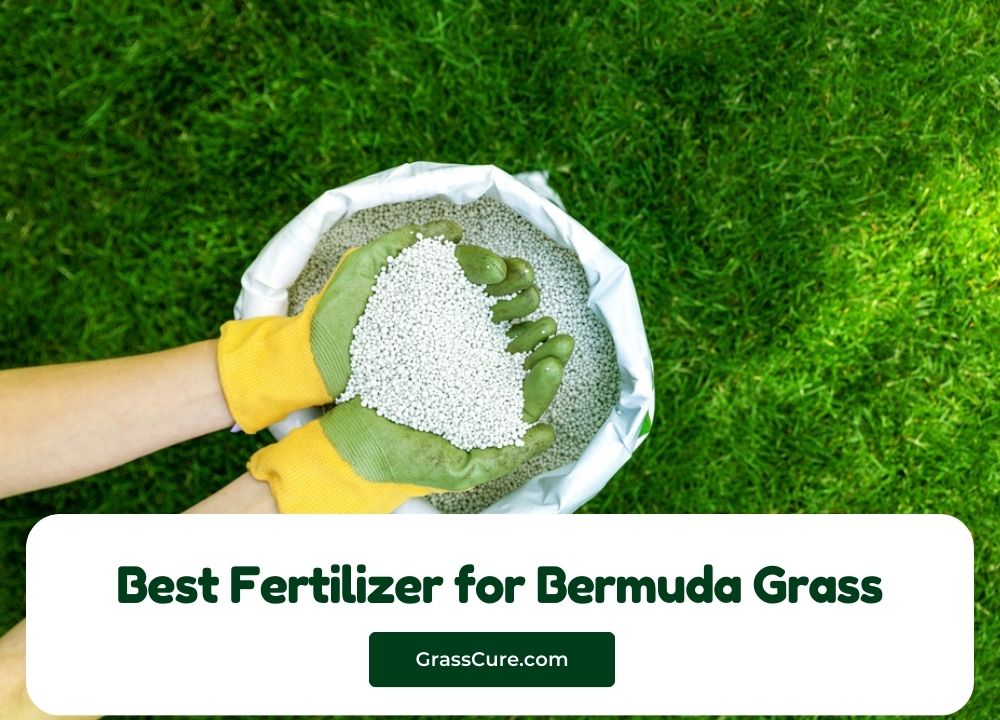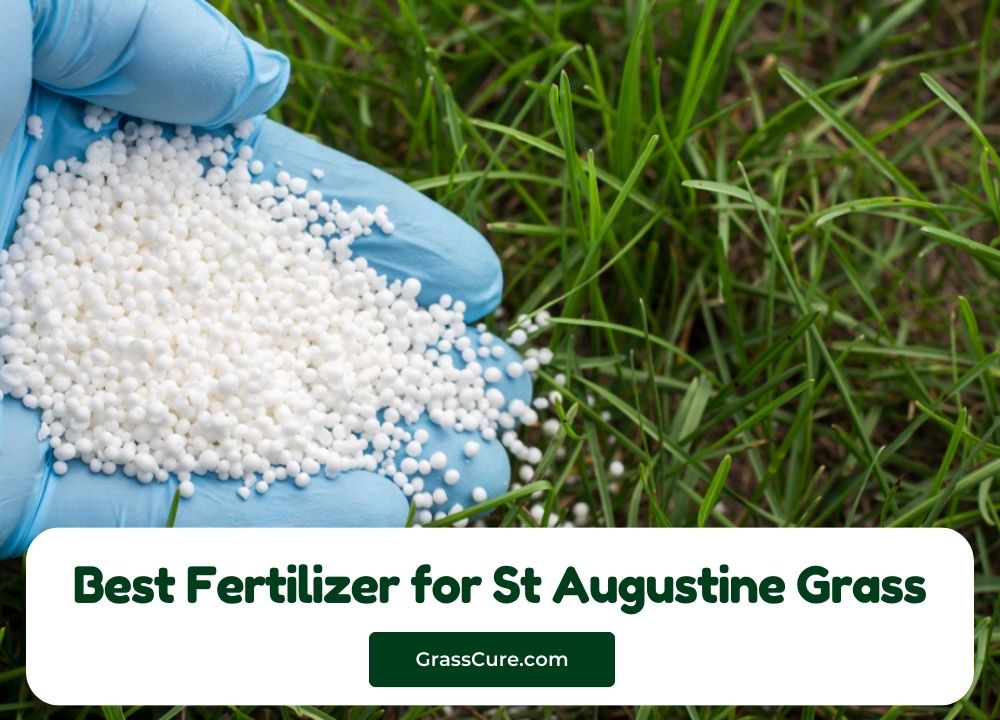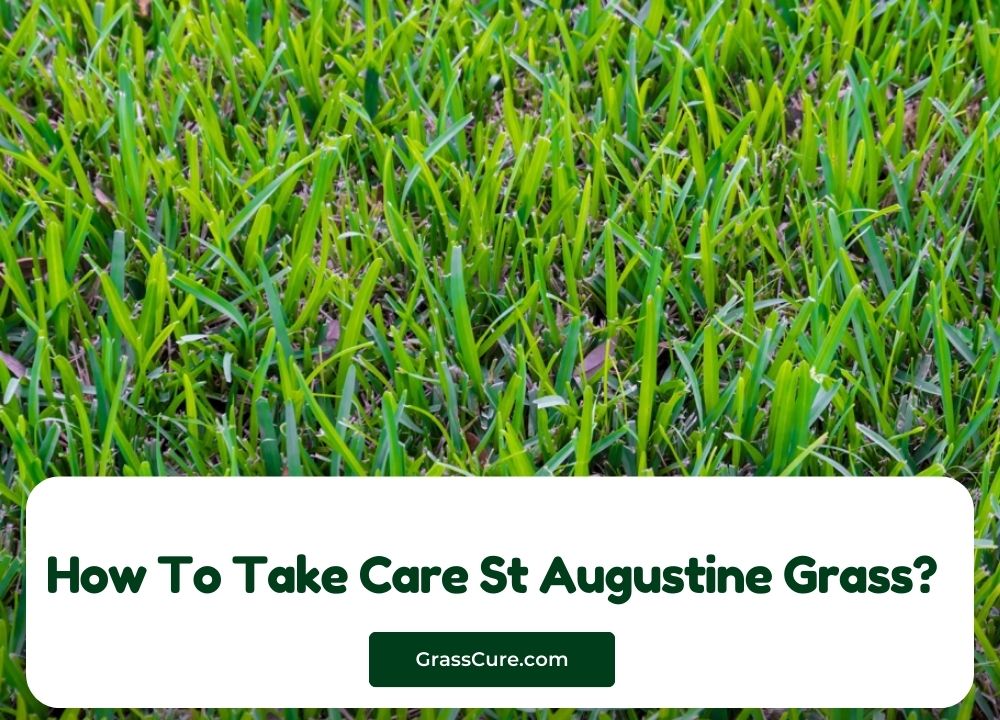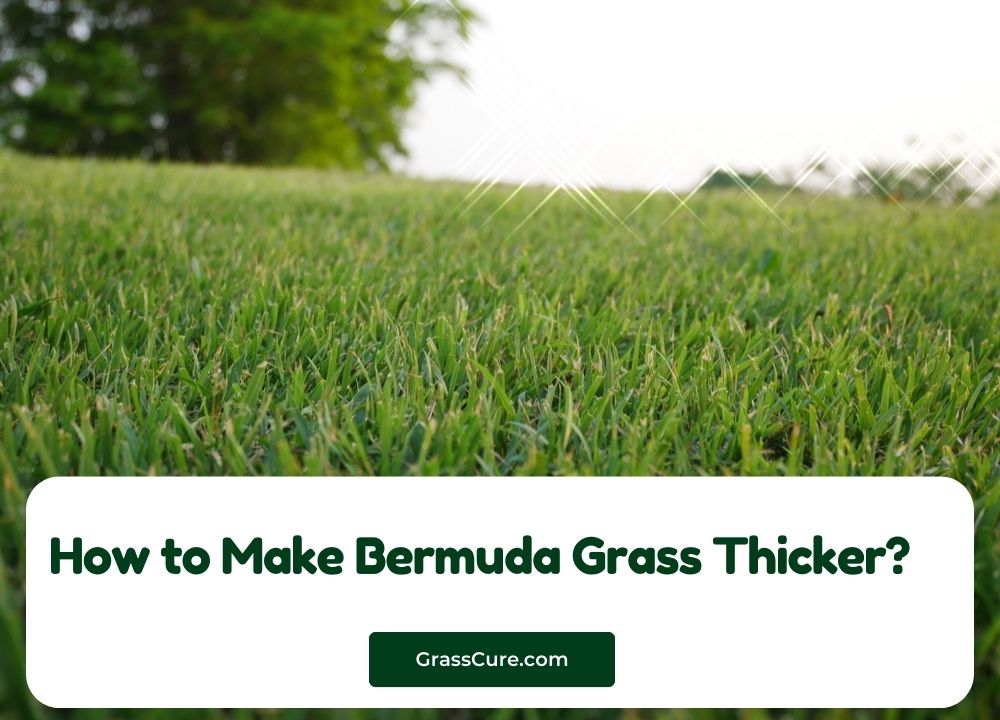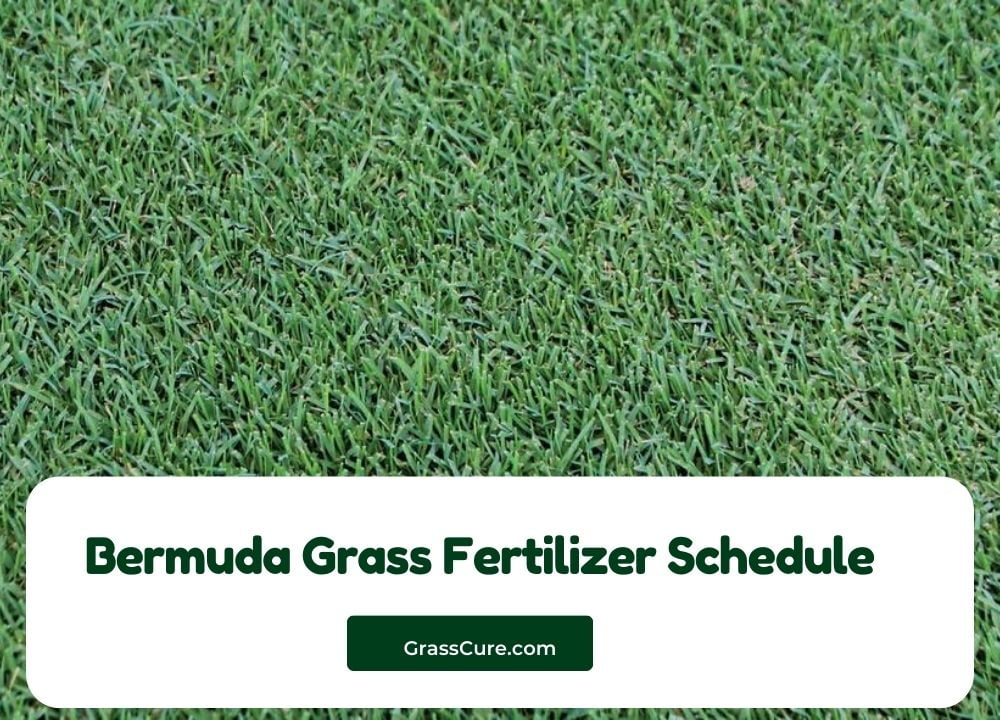Choosing the right lawn grass for your yard is crucial for achieving a healthy and aesthetically pleasing landscape. Two popular choices for homeowners in various climates are Bermuda grass and St. Augustine grass. Understanding their distinct characteristics, growth habits, and maintenance requirements will help you make an informed decision that best suits your property’s conditions and your lifestyle. This article provides a comparative overview of both grasses, highlighting their strengths and weaknesses.
Contents
Bermuda Grass Overview
Bermuda grass, a warm-season grass, is known for its fast growth and drought tolerance. It thrives in sunny locations and typically requires less frequent watering than some other types of grass. This adaptability makes it a popular choice in regions with hot, dry summers. Bermuda grass is also relatively low-maintenance compared to some other species, particularly when established properly. However, its dense growth can sometimes make it challenging to mow, requiring particular attention to blade sharpness.
Bermuda grass comes in various cultivars, each possessing slightly different characteristics. Some cultivars exhibit a more creeping growth habit while others are more upright. This variety allows for selection based on desired aesthetic appearance and the specific needs of the lawn. Bermuda’s ability to recover from foot traffic and minor damage also contributes to its popularity in high-use areas. It’s a tough grass that can withstand wear and tear.
The dense root system of Bermuda grass contributes to its resilience against weeds and pests. Its rapid growth also makes it somewhat competitive with weeds, a helpful factor in maintaining a healthy lawn. This aggressive spread can be both a benefit and a challenge, and proper management is essential to prevent it from spreading excessively.
The resilience of Bermuda grass to heat and drought makes it a suitable choice for areas with extreme weather conditions. It often requires less frequent watering than other types of grass, saving homeowners money on water bills. This feature is especially advantageous in arid or semi-arid climates.
St. Augustine Grass Overview
St. Augustine grass is another popular warm-season grass, recognized for its broad, dense blades and attractive appearance. It’s often chosen for its relatively low maintenance needs once established. The deep root system contributes to its drought tolerance, a valuable asset in regions prone to dry spells. Its ability to tolerate foot traffic and moderate shade also makes it a suitable option for high-use areas.
St. Augustine grass, similar to Bermuda, exhibits variations in cultivars. These cultivars can differ in their growth rate, shade tolerance, and overall appearance. Careful selection based on local conditions and desired aesthetic is vital for success. Some cultivars are better suited to full sun, while others can tolerate some shade, making it adaptable to a variety of landscapes.
Despite its overall resilience, St. Augustine grass is susceptible to certain diseases and pests. Understanding the specific issues affecting your region and taking preventative measures is essential for maintaining a healthy lawn. Regular fertilization and appropriate pest control are crucial for long-term health. Proper mowing techniques and avoiding overly frequent watering are also important.
St. Augustine grass is known for its ability to withstand moderate foot traffic and some shade. This makes it a practical choice for lawns frequented by pets or children. This tolerance to various conditions allows it to be a suitable option for both residential and commercial settings.
Comparing Growth Habits
Bermuda grass exhibits a spreading growth habit, often forming a dense, uniform cover. This rapid growth and spread often requires more vigilant mowing and maintenance to prevent it from spreading beyond the desired boundaries. Its strong stolons and rhizomes contribute to this aggressive spread.
St. Augustine grass, while also spreading, tends to have a more upright growth habit compared to Bermuda. Its growth rate is typically slower than Bermuda, leading to a slightly less dense, but still robust, lawn. This slower spread can sometimes translate into easier management of the growth boundaries.
The differences in growth habits also influence mowing frequency. The denser growth of Bermuda often necessitates more frequent mowing. St. Augustine, with its slightly less dense growth, might require less frequent mowing depending on the cultivar and growth rate. Adjusting mowing height and frequency according to the cultivar and local climate is crucial.
The growth patterns of both grasses are influenced by factors like sunlight, soil type, and water availability. Consistent monitoring and adjustments to watering and fertilization are key to maintaining healthy growth for both types. Understanding these factors allows for tailoring care to individual lawn needs.
Maintenance and Considerations
Bermuda grass requires consistent mowing to maintain a neat appearance. Proper mowing height and frequency are critical, and using sharp blades to reduce damage to the grass blades is vital. Regular fertilization and pest control are also crucial for maintaining a healthy Bermuda lawn.
St. Augustine grass also requires regular mowing, but the frequency may be lower depending on the growth rate of the specific cultivar. Proper watering techniques and weed control are essential. Regular checks for disease and pests are critical to maintaining a healthy St. Augustine lawn. Appropriate fertilization timings are also essential for optimal growth.
Both grasses are relatively drought-tolerant once established, but consistent watering during periods of extended dryness is important, especially during the establishment phase. Watering deeply and less frequently is generally better than shallow, frequent watering. This approach promotes a healthy, deep root system.
Understanding the specific needs of each grass type, including soil type, sunlight exposure, and local climate, will contribute to a better understanding of their overall maintenance requirements. Proper selection, planting, and ongoing care are crucial for achieving a beautiful and thriving lawn.
Ultimately, the best choice between Bermuda and St. Augustine grass depends on your specific needs and location. Consider your climate, desired appearance, and maintenance preferences when making your decision. Thorough research and consultation with local gardening experts can help you select the grass type that will thrive in your yard and provide the lawn of your dreams.
